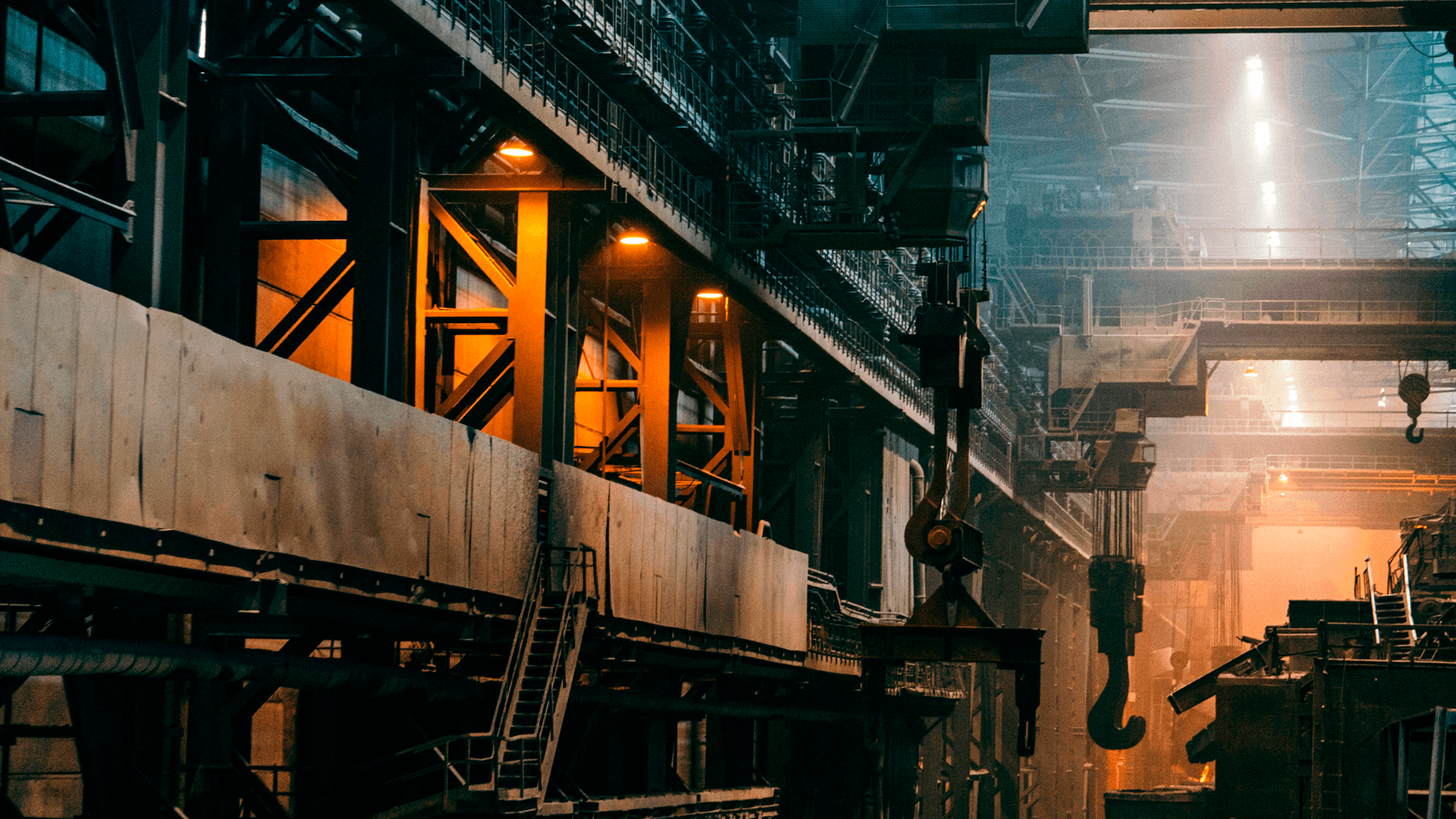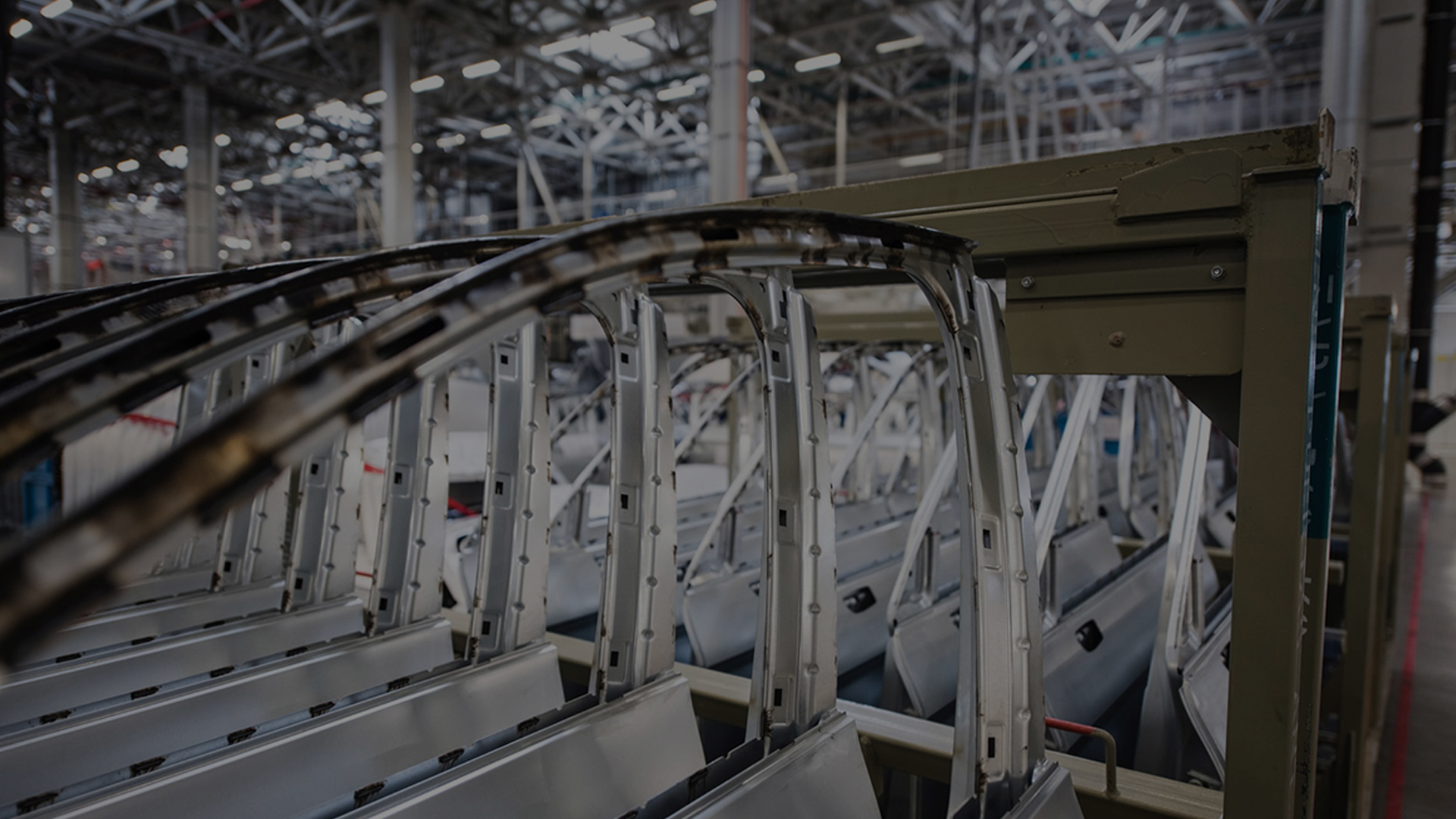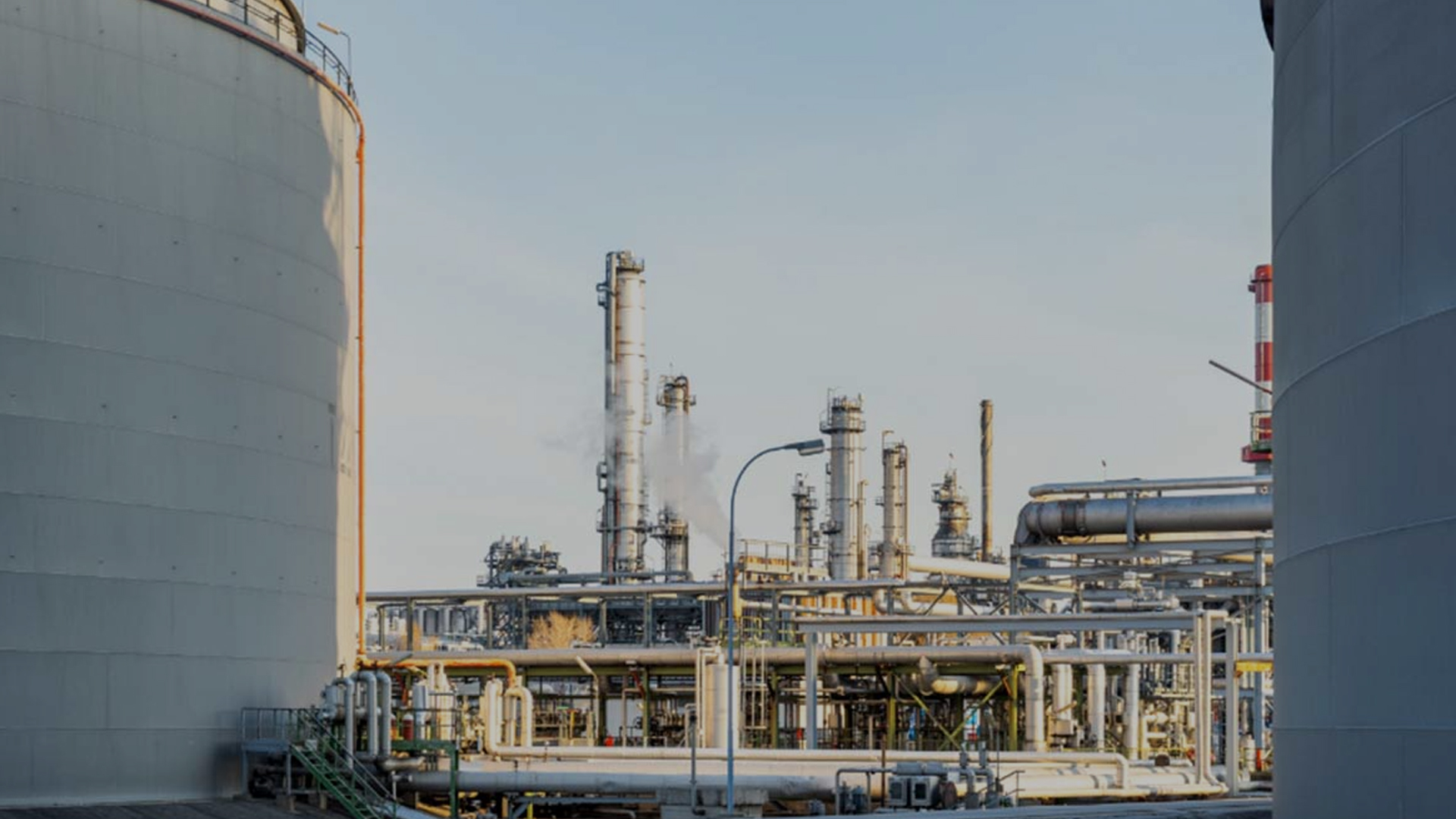El día a día se compone de un continuo consumo de energía, lo que supone que cualquier acción rutinaria realizada, contribuye a seguir incrementando los niveles de contaminación global. Es un hecho que se trata de frenar, con medidas implantadas desde diferentes organismos. Empecemos por el principio;
¿Qué es la huella de carbono?
La huella de carbono es uno de los característicos indicadores para medir el cambio climático y la emisión de gases de efecto invernadero que se emiten a la atmósfera, tanto de forma directa como indirecta. La huella se mide en toneladas de C02.
Los principales gases emitidos son el metano, el dióxido de carbono, el óxido de nitrógeno, los hidrofluorocarburos, los perfluorocarburos y el dióxido de carbono, entre otros.
Para reducir el calentamiento global, y consecuentemente la huella de carbono, se debe reducir la cantidad de emisiones de gases a la atmósfera. ¿Cuál es la solución? No hay un remedio inminente, pero cada vez más la industria está adaptándose a las legislaciones actuales y a las normativas por el cumplimiento de la reducción de la contaminación, en particular, caminando hacia los objetivos ODS.
Cómo ayuda Pinexports a la reducción de la huella de carbono en la fabricación
No podemos tener la verdad absoluta en cuanto a nuestro criterio de actuación, pero desde Pinexports buscamos durante todo el proceso de fabricación obtener la mayor reducción posible de huella de carbono para nuestro planeta y nuestros clientes.
Es por ello, que a través de Exhale, nuestra plataforma propia basada en Business Intelligence, realizamos un estudio en base a las características y necesidades de nuestros clientes, optimizando los recursos necesarios para cada fabricación y derivando cada proceso de la cadena de suministro a centros de producción próximos y eficientes.
De este modo, la fabricación comienza con un objetivo principal, reducir al máximo posible los gases emitidos debido al uso de maquinaria, confección de tejidos -en el caso del sector textil-, transporte de mercancías, ya sea de forma aérea o marítima, etc.
Fabricaciones libres de emisiones
En un mundo tan globalizado, es realmente difícil asegurar que una fabricación no emite partículas de CO2 al planeta, sin embargo, es interesante destacar que realizando una serie de procesos se pueden optimizar al máximo los recursos para evitar desperdicio de materiales y aprovechamiento de espacio en el proceso logístico. Acortando distancias entre centros de producción se puede reducir en gran medida la emisión de dióxido de carbono y con ello, la reducción de la huella de carbono en las rutas de transporte.
Objetivos ODS
Recientemente hemos oído hablar de los objetivos de desarrollo sostenibles, la agenda 2030 y múltiples organismos orientados a una reeducación del sistema. Todo ello engloba la adaptación de la vida cotidiana a una reducción de los recursos del planeta. Datos destacables desde ODS para el desarrollo de la industria sostenible, nos indican que los países con un índice de ingreso medio se benefician al ingresar a las industrias de metales básicos y de fabricación, ya que ofrecen una gama de productos que enfrentan una demanda internacional en rápido crecimiento, mientras que la proporción mundial del valor agregado manufacturero en el PIB aumentó del 15,2% en 2005 al 16,3% en 2017, impulsado por el rápido crecimiento de la industrialización en Asia, lo que nos lleva a pensar de nuevo en la importancia de cuidar los procesos de fabricación en otros países.
Qué podemos hacer en nuestro día a día para reducir emisiones
Sin duda acortar las cadenas de suministros es de vital importancia en muchos casos para asumir producciones sostenibles, pero además de enfrentarnos a otros problemas como falta de abastecimiento constante, falta de centros de producción especializados en ciertos nichos de producto o falta de impulso gubernamental a proyectos que buscan solventar estos problemas, es un proceso que necesita tiempo.





